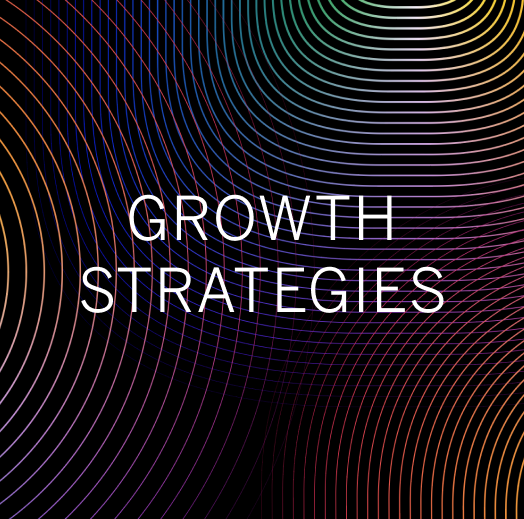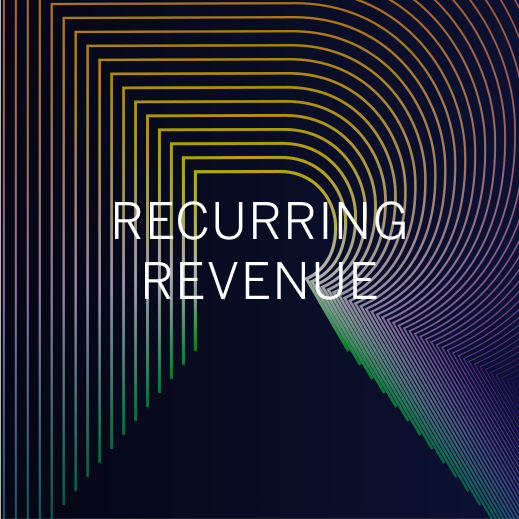
Design a winning innovation strategy: How to apply a ventures mindset for sustainable growth
Organizations that pursue a ventures strategy for sustainable growth will be uniquely positioned to maintain market leadership, can more effectively prioritize innovation and corporate development resources, and make better strategic decisions.




